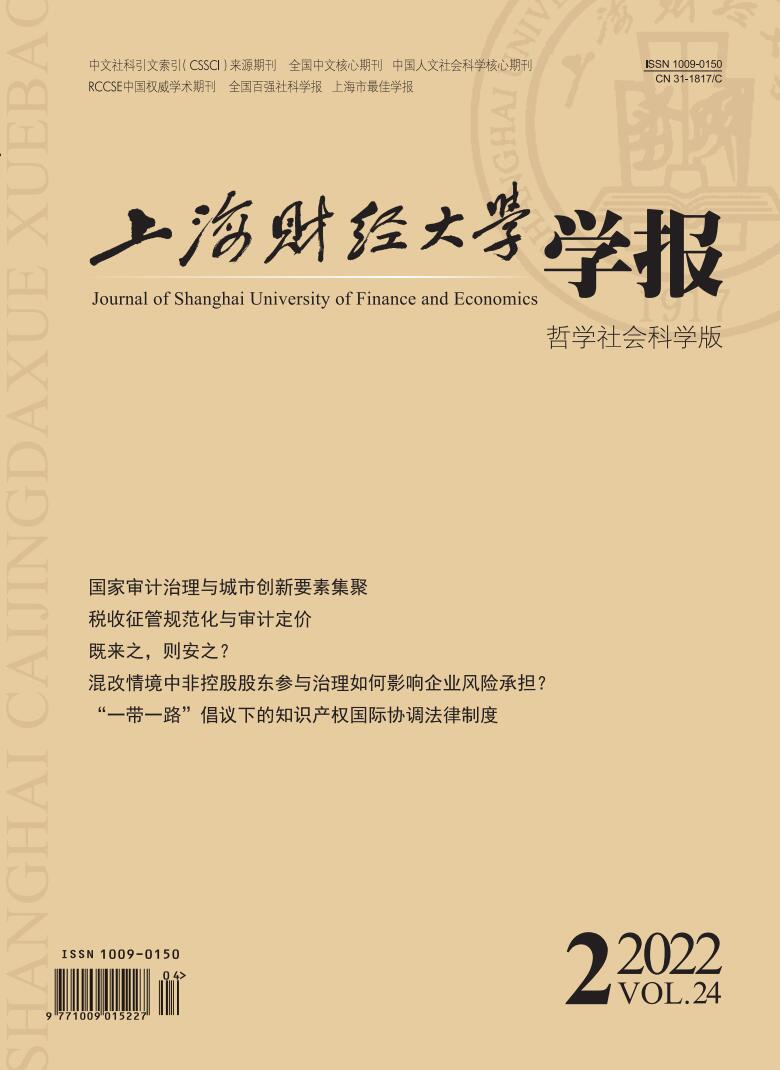Enterprise innovation has the characteristics of large investment, high risk and spillover. It is easy to produce “market failure”, which is usually lower than the optimal level required by the society. In 2015, the Ministry of Finance, the State Administration of Taxation and the Ministry of Science and Technology jointly issued the
Based on the latest practice of Chinese enterprise innovation, this paper examines the changes of enterprise innovation behavior in this reform from the perspective of innovation chain. The results show that the policy of R&D expense additional deduction expands the application scope of enterprises, R&D activities and R&D expenses, which can significantly stimulate enterprise innovation, and significantly improve enterprise innovation input, innovation output and innovation income. Among them, the increase of deductible R&D activities and R&D expenses directly reduces the innovation cost, innovation risk and financing pressure of enterprises, and can significantly encourage enterprises to carry out innovation activities and effective innovation. In contrast, expanding the scope of enterprises applying this tax incentive will include enterprises with low innovation willingness and innovation ability, which will induce adverse selection behaviors such as R&D manipulation and false innovation, which is not conducive to enterprise innovation. In this paper, PSM-DID and TEM models are used to provide empirical evidence support, and the results are still stable after replacing measurement indicators, changing research methods and adjusting research samples.
Therefore, in order to effectively stimulate enterprise innovation, it is necessary to further improve the additional deduction proportion of relevant R&D expenses, so as to directly reduce the innovation cost, innovation risk and financing pressure of enterprises, and more conveniently enhance the innovation incentive effect of tax incentives. At the same time, in addition to direct technology R&D activities, enterprise activities and their expenses associated with technological innovation can be additionally deducted, such as innovation personnel training activities. In addition, a financial and tax preferential policy system for enterprise innovation should be built as soon as possible, and the patent income tax preference and patent transfer income tax preference should be taken as a useful supplement to the policy of R&D expense additional deduction.





 6523
6523  7458
7458

